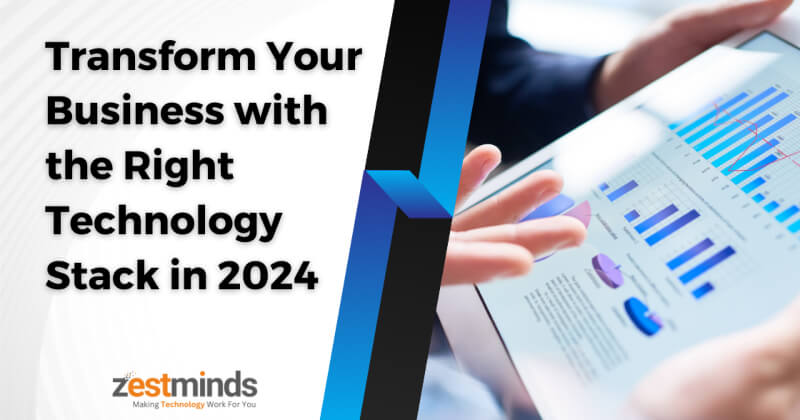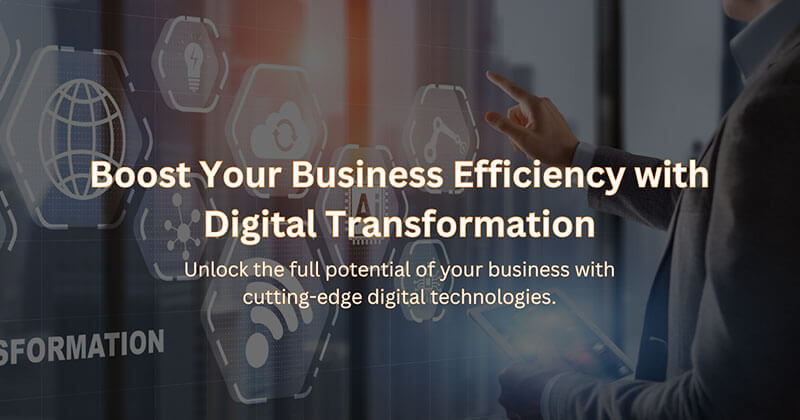Choosing the Right Technology Stack for Digital Transformation: A Comprehensive Guide for Businesses
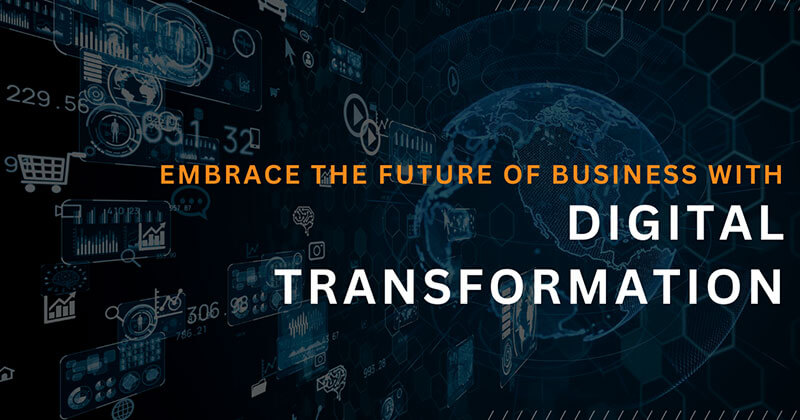
In today’s rapidly evolving digital landscape, selecting the right technology stack is crucial for any business embarking on a digital transformation journey. The right technology choices can significantly enhance operational efficiency, improve customer experience, and position your business for scalable growth. This guide will help you navigate the decision-making process by focusing on critical factors, comparing popular technologies, and showing how to partner with the right service providers.
Understanding Technology Stacks
A technology stack refers to the combination of technologies used to build and run an application. It includes the front-end (user interface), back-end (server, database), and infrastructure (hosting, cloud services). Choosing the wrong stack can lead to scalability issues, increased costs, and operational inefficiencies.
Key Factors to Consider When Choosing a Technology Stack
Scalability: Your tech stack should grow with your business. Cloud platforms like AWS and Google Cloud offer scalable solutions for businesses of all sizes.
Compatibility: Ensure that your new tech stack integrates seamlessly with existing systems, such as your CRM platform.
Cost: Budget is always a key factor. Compare cloud solutions versus on-premise hosting and analyze costs over time.
Security: Ensure that the chosen stack has robust security features, such as multi-factor authentication and encryption.
Popular Technologies for Digital Transformation
1. Cloud Computing
Cloud computing is a cornerstone of digital transformation, offering flexibility, scalability, and cost-efficiency. With services such as AWS, Microsoft Azure, and Google Cloud, businesses can scale their resources based on real-time demand. This flexibility allows enterprises to increase operational efficiency and focus on innovation instead of managing IT infrastructure.
Key benefits include:
- Scalability: Easily scale operations as needed.
- Cost-Effective: Pay only for the resources used.
- Accessibility: Access services from anywhere, promoting remote work and collaboration.
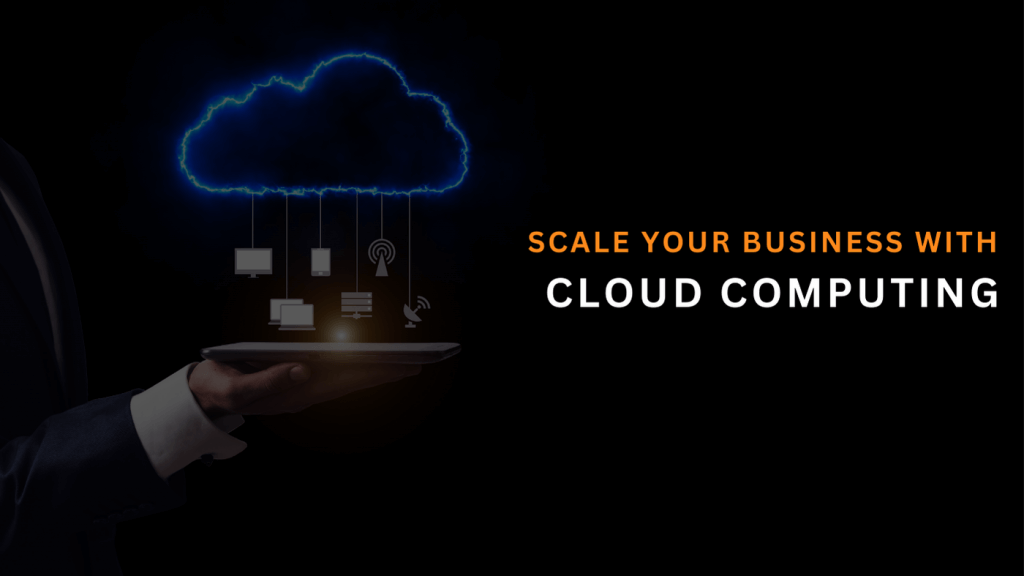
2. Artificial Intelligence (AI) and Machine Learning (ML)
AI and ML technologies are driving digital transformation by automating routine tasks, improving decision-making, and enhancing customer experiences. From chatbots offering personalized support to predictive analytics that help businesses forecast trends, AI is revolutionizing industries. For example, AI is transforming customer service in e-commerce by offering personalized recommendations and automated support systems.
Advantages include:
- Automation: Streamline repetitive tasks and free up human resources for strategic work.
- Personalization: Deliver tailored experiences to customers, boosting engagement and loyalty.
- Predictive Insights: Forecast market trends, inventory needs, and customer behavior using advanced analytics.

3. Internet of Things (IoT)
The Internet of Things (IoT) bridges the gap between physical and digital worlds. In sectors such as manufacturing, logistics, and healthcare, IoT devices are used to collect real-time data, monitor operations, and improve efficiency. For example, smart factories use IoT sensors to detect equipment issues before they lead to downtime, significantly enhancing productivity.
Key benefits of IoT include:
- Real-Time Data: Access data in real-time for proactive decision-making.
- Enhanced Efficiency: Monitor and optimize operations through connected devices.
- Preventive Maintenance: Identify and resolve potential equipment failures before they occur.
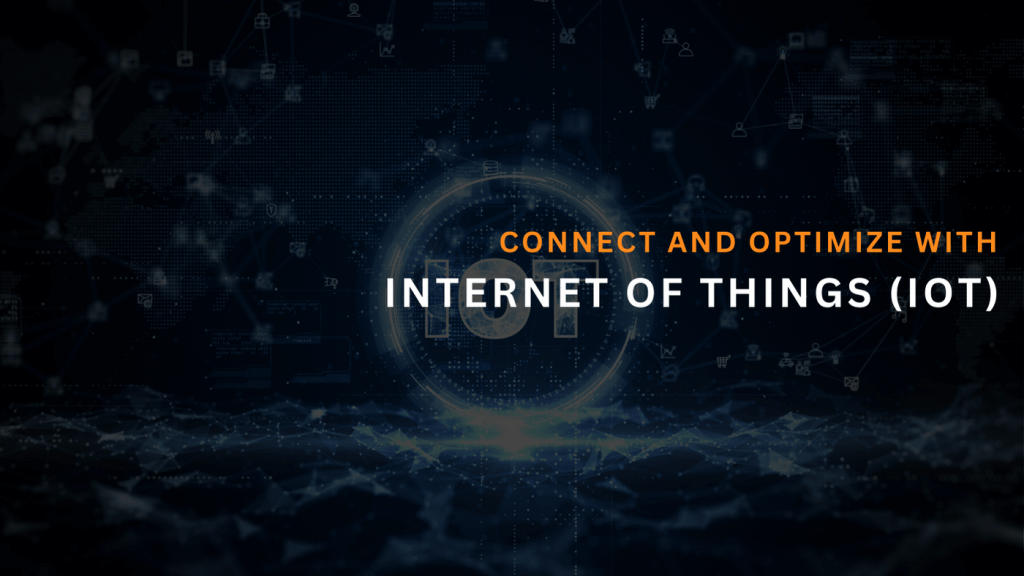
4. Big Data and Analytics
Big data is crucial for decision-making in the digital age. Businesses can analyze vast amounts of structured and unstructured data to uncover patterns, optimize strategies, and drive innovation. Tools like Tableau and Power BI help enterprises visualize and interpret this data, turning it into actionable insights.
Big data provides:
- Data-Driven Decisions: Make informed decisions based on actual data.
- Customer Insights: Understand customer behavior and preferences to tailor offerings.
- Operational Efficiency: Identify bottlenecks and areas for improvement using data analytics.
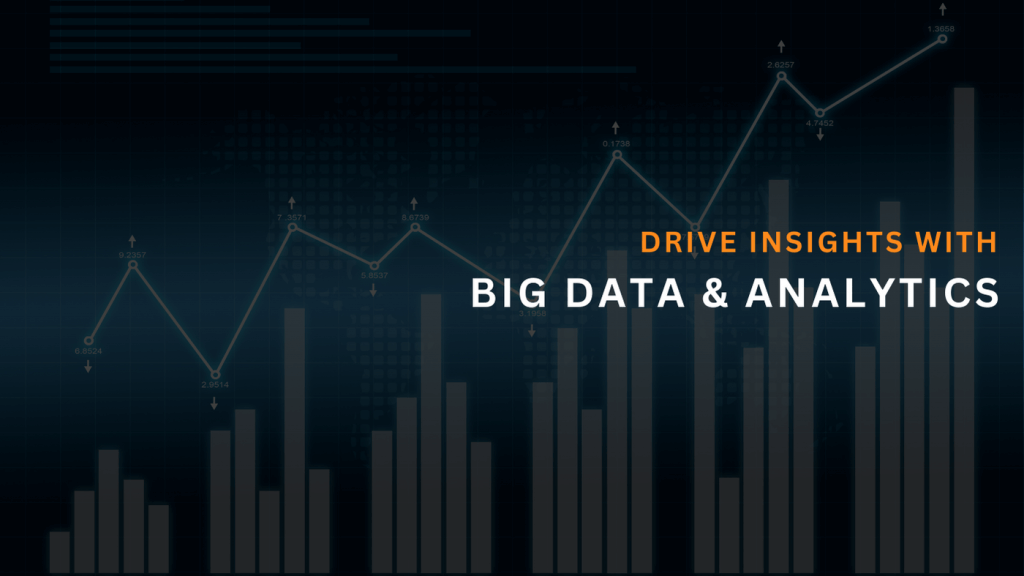
5. Cybersecurity
With the rise of digital transformation, cybersecurity has become more critical than ever. Businesses must protect sensitive information, whether it’s customer data, proprietary technology, or financial records. Robust cybersecurity measures, such as encryption, multi-factor authentication, and firewalls, safeguard against data breaches and ensure compliance with regulations like GDPR.
Key benefits of strong cybersecurity include:
- Data Protection: Secure sensitive data from breaches.
- Compliance: Meet regulatory requirements and avoid penalties.
- Risk Mitigation: Reduce the risk of cyberattacks and protect your business’s reputation.
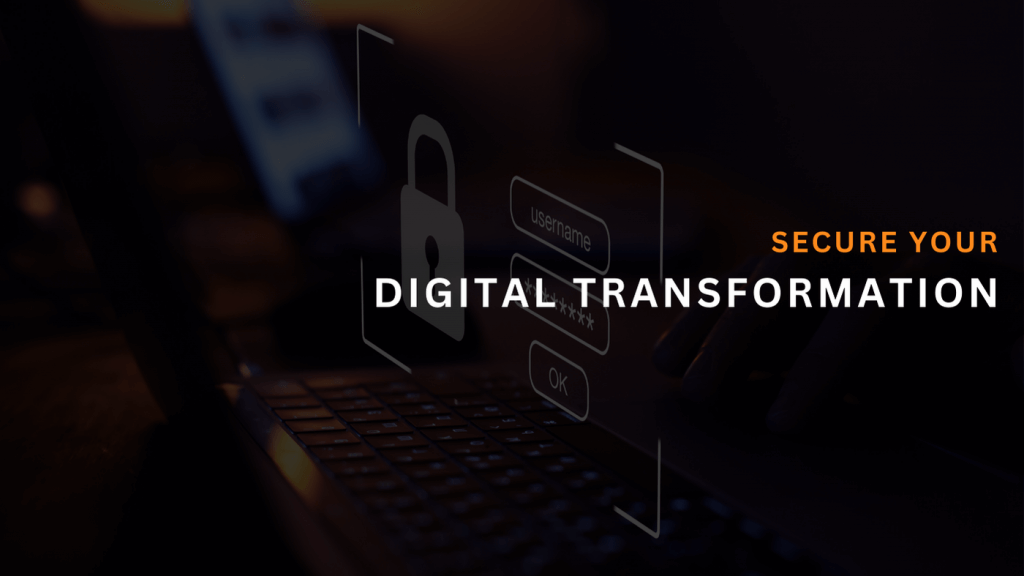
Comparing Popular Tech Stacks
Cloud Solutions: AWS vs. Google Cloud vs. Microsoft Azure.
Backend Frameworks: Node.js vs. Python vs. Ruby on Rails.
Frontend Frameworks: React vs. Angular vs. Vue.js.
Each of these tech stacks has its advantages. For instance, AWS is highly scalable and integrates well with existing enterprise systems, making it a top choice for enterprise-level digital transformations. On the other hand, Node.js is popular among startups for its lightweight and fast performance.
Common Technology Stacks for Digital Transformation
For enterprise-level businesses, a tech stack might include Java, Spring Boot, React, and MongoDB. For small to medium businesses, popular combinations include Python, Django, and PostgreSQL.
Learn how Zestminds helped a leading enterprise adopt a scalable CRM system that improved operational efficiency and increased customer retention.
The Role of Service Providers
Selecting and implementing the right tech stack requires expertise. Partnering with an experienced service provider like Zestminds can help guide your business through the digital transformation process. We help businesses choose the right technologies, implement them effectively, and scale them as needed.
Ready to transform your business?
Contact us todayConclusion & Call to Action
Choosing the right technology stack is essential for a successful digital transformation. Whether it’s cloud computing, AI, or IoT, making the right technology choices can accelerate your business’s growth. Contact Zestminds today to discuss how we can assist you in selecting and implementing the right stack for your business transformation.

Shivam Sharma
About the Author
With over 13 years of experience in software development, I am the Founder, Director, and CTO of Zestminds, an IT agency specializing in custom software solutions, AI innovation, and digital transformation. I lead a team of skilled engineers, helping businesses streamline processes, optimize performance, and achieve growth through scalable web and mobile applications, AI integration, and automation.
Stay Ahead with Expert Insights & Trends
Explore industry trends, expert analysis, and actionable strategies to drive success in AI, software development, and digital transformation.
